Interlude
The FIA was always happy to change the regulations, and Group 1 to 6 became A, B and C from 1982 onwards. In 1980 and 1981, Lancia had won the title in the World Sports Car Championships with the beautiful Beta Montecarlo Turbo, but they were not ready for Group C in 1983. But the Italians read the regulations again carefully and saw a loophole that allowed Group 6 cars to continue to compete, even if there were no points to be won for the team classification. But it was also a question of budget, the Italians did not have as much money as Porsche, for example, but had to see how they could manage with the material they had.
This applied first and foremost to the engine. Under the internal code 14.81 PT, the engine from the Beta Montecarlo Turbo (which was actually based on the well-behaved Fiat Abarth 131) was reworked by Abarth. The KKK-K27 turbocharger was moved to the rear, more or less above the Hewland DG300 gearbox, so that the car could be built flatter. This extremely flat shape came from Fiat’s development centre in Orbassano, where an open body made of Kevlar and carbon was produced in more than 120 hours in the angle channel, which was extremely aerodynamic. And weighed just 58 kilos. This was a good match for the chassis, which was developed at Dallara and also weighed only 55 kilos.
The lightweight construction went even further: the engine and transmission were used as load-bearing parts, so there was no need for a subframe. All in all, the new Lancia LC1 had a dry weight of just 640 kilos. And because the 1.4-litre engine produced an impressive 450 hp, the power-to-weight ratio was just 1.4 hp per kilo. Because the Lancia was not only beautiful (once again), but also very light and very aerodynamic, its greatest advantage was its low fuel consumption. Among other things, this helped the Lancia LC1 to victories in the 6 Hours of Silverstone (where the debut of the Porsche 956 took place), the 1000 kilometres at the Nürburgring and the 1000 kilometres of Mugello. At the 24 Hours of Le Mans, however, the two factory cars were eliminated.
Only four examples of the Lancia LC1 were built; we show the second one here, the one that, with Fabi/Alboreto, won the “Rudolf Caracciola Challenge Trophy” for victory in the 1000 kilometres at the Nürburgring – after 44 laps with a one-lap lead. But it was clear from the start that the Lancia LC1 could only be an interlude; by 1983, the LC2 was already on the way (it will follow).
We have more interesting cars in our archive.



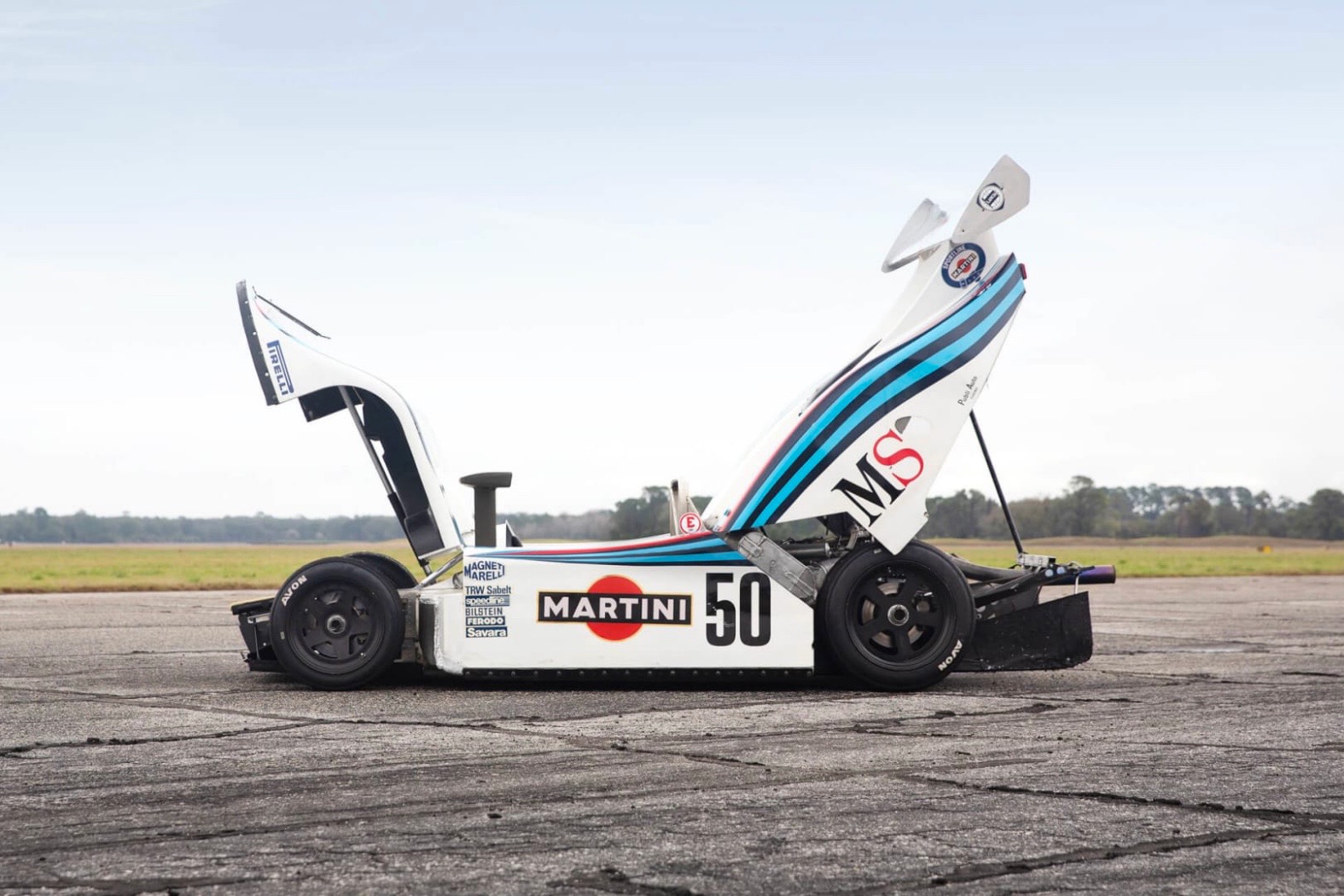

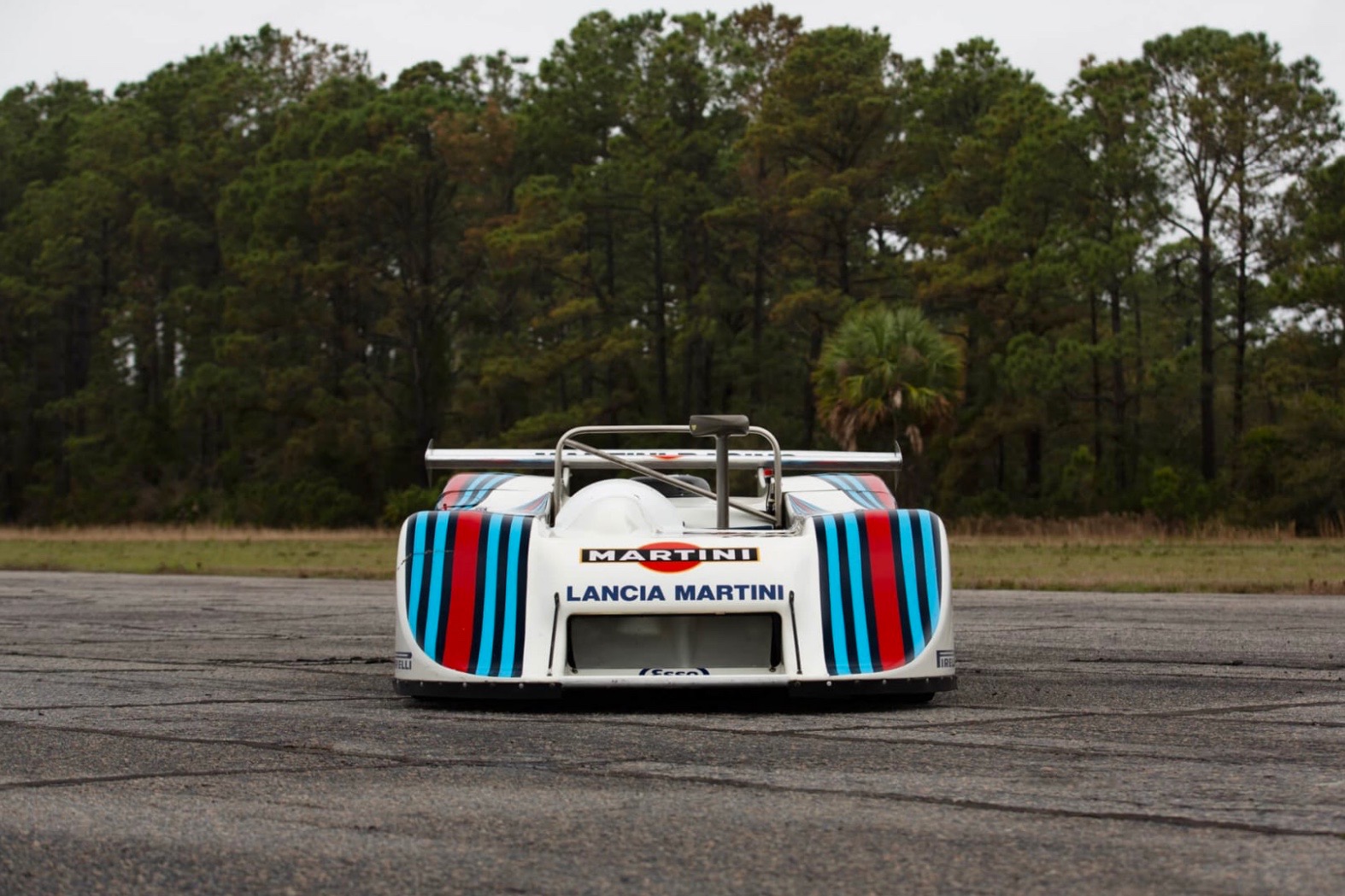






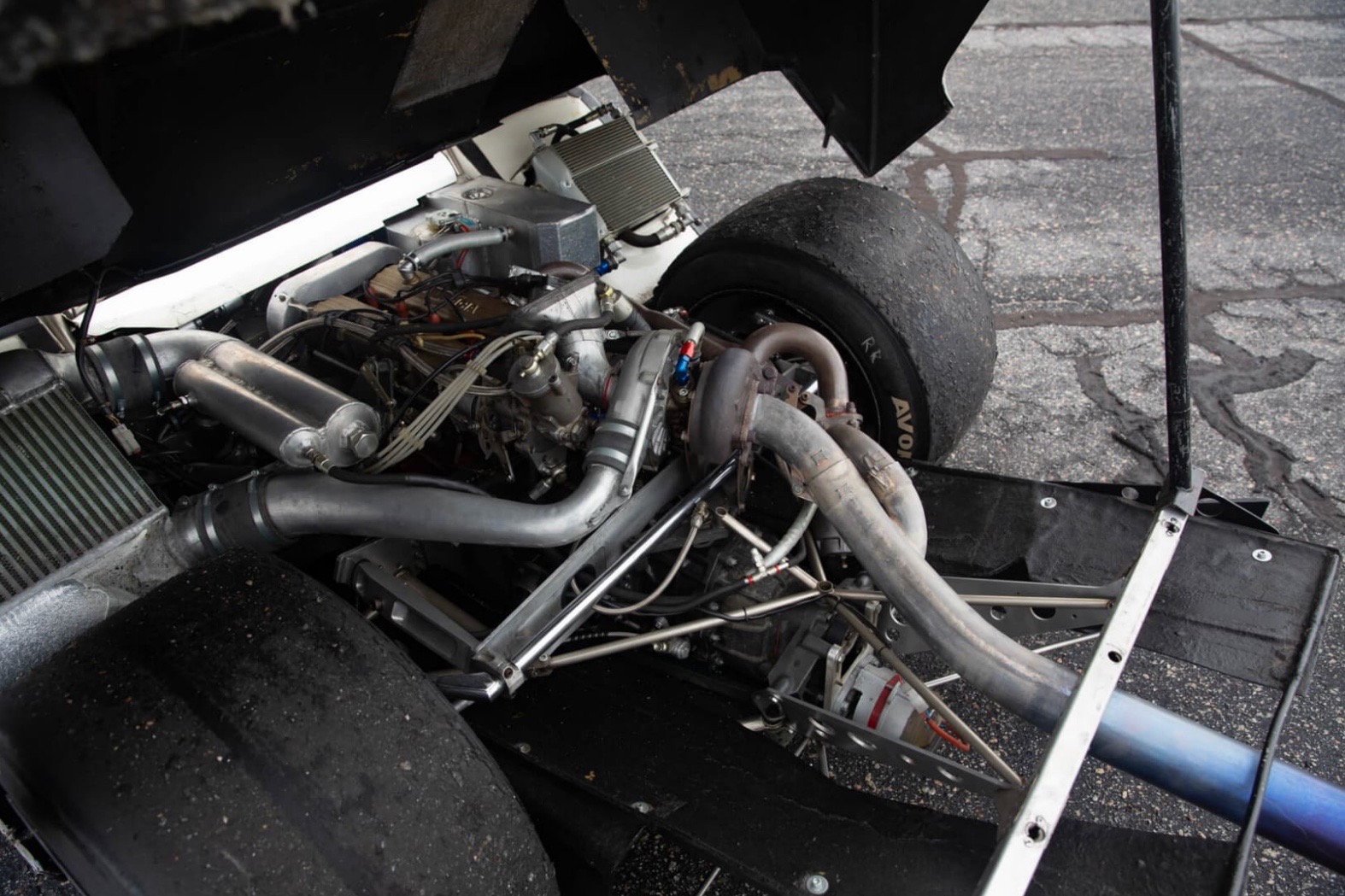

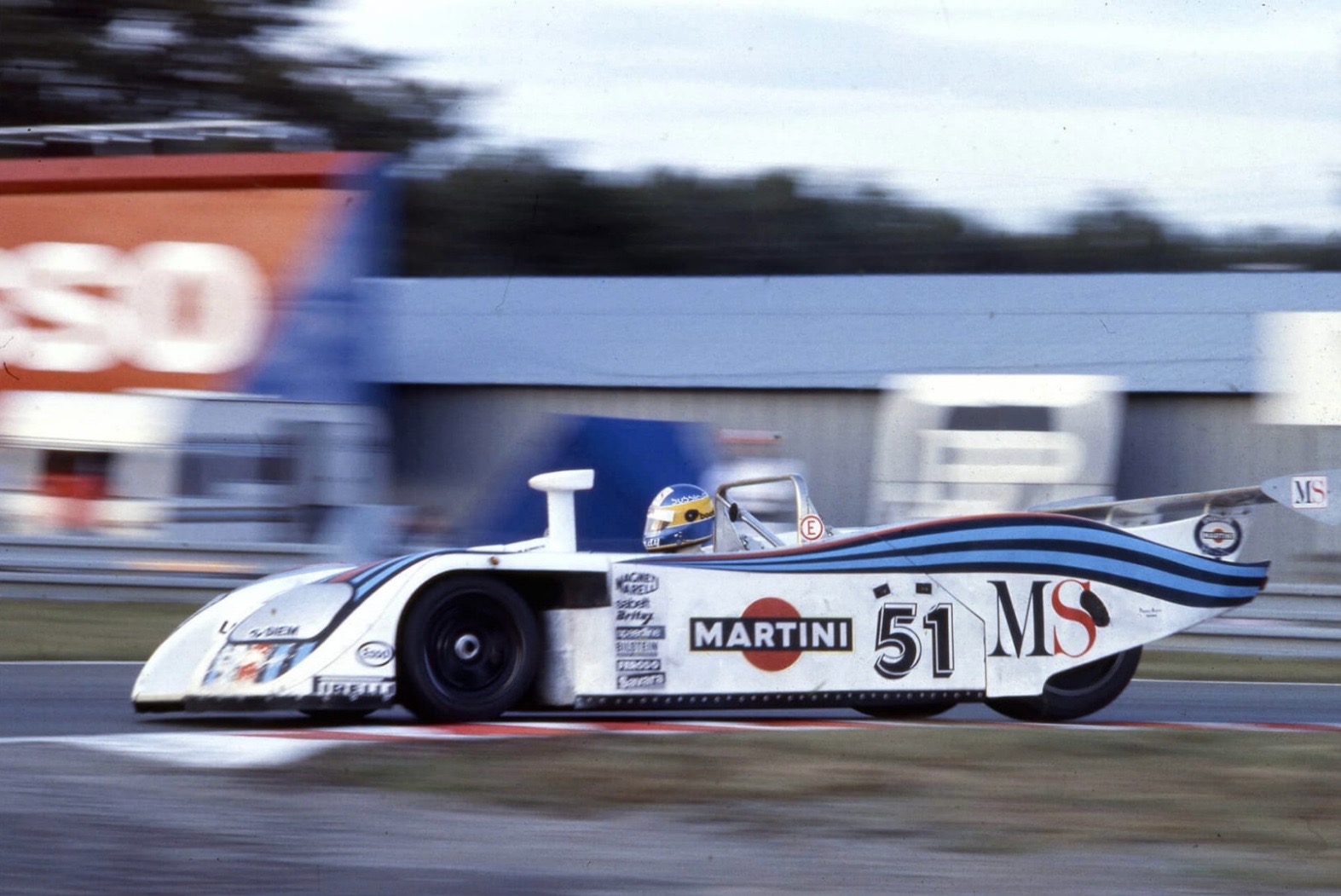
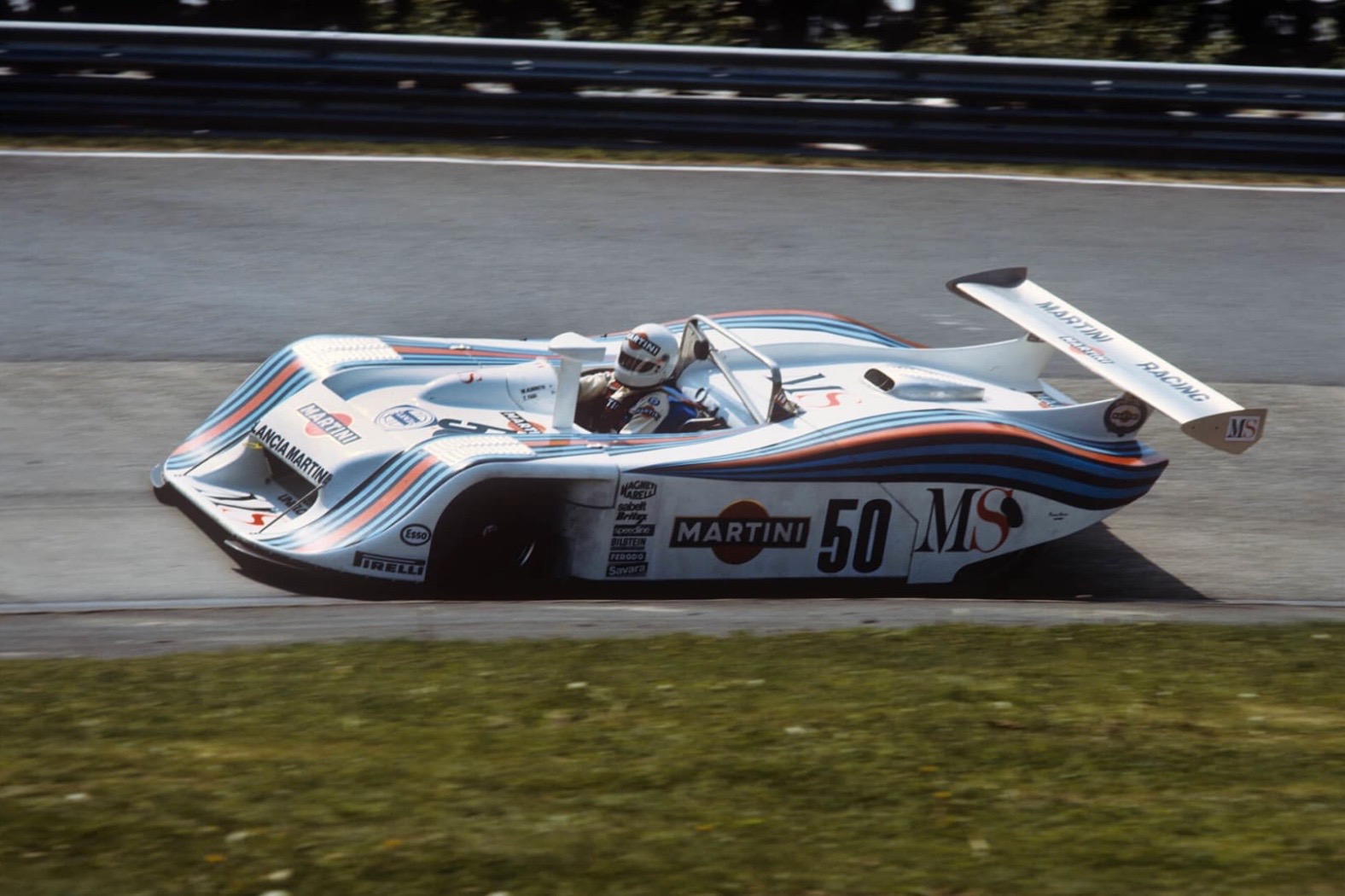

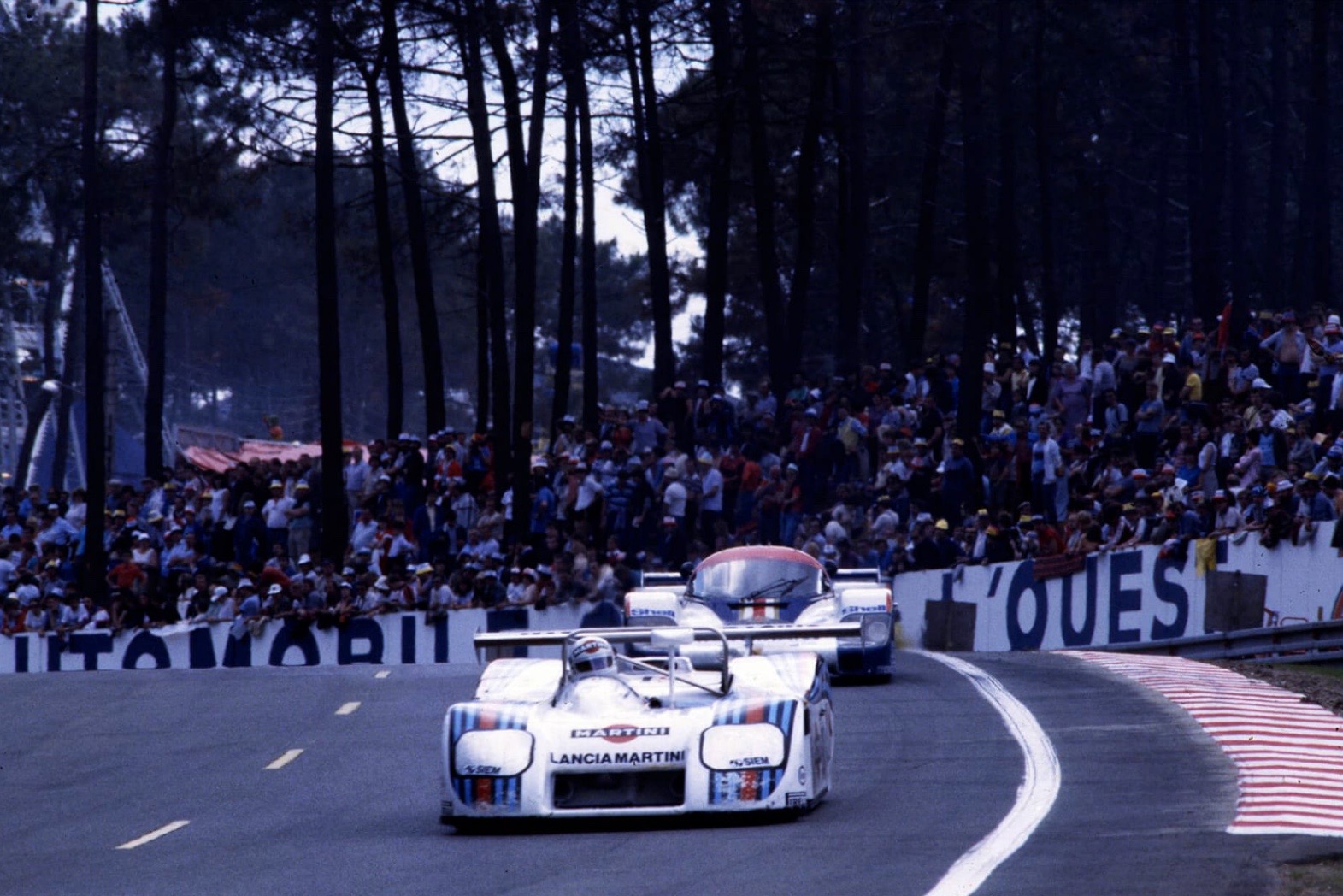

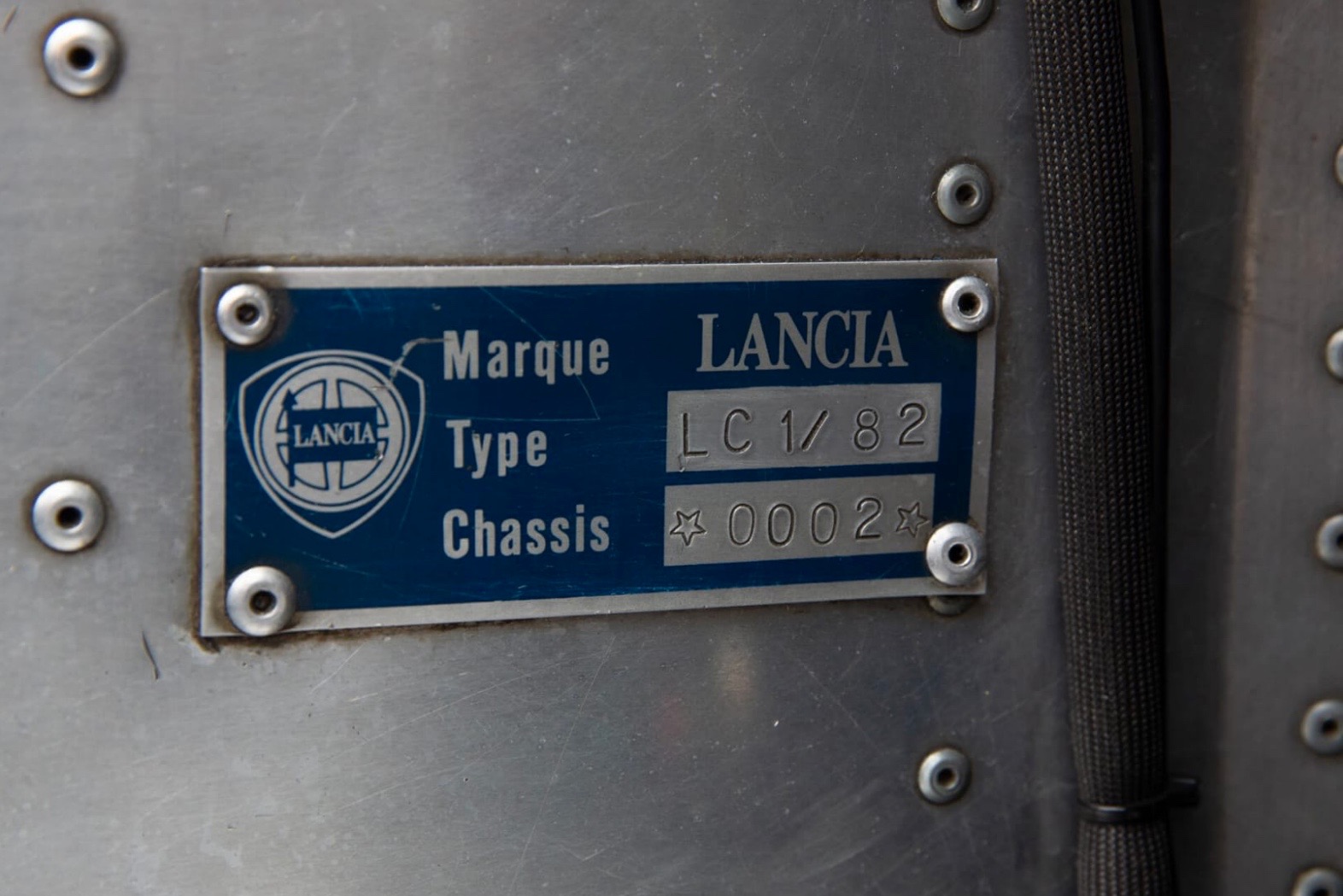

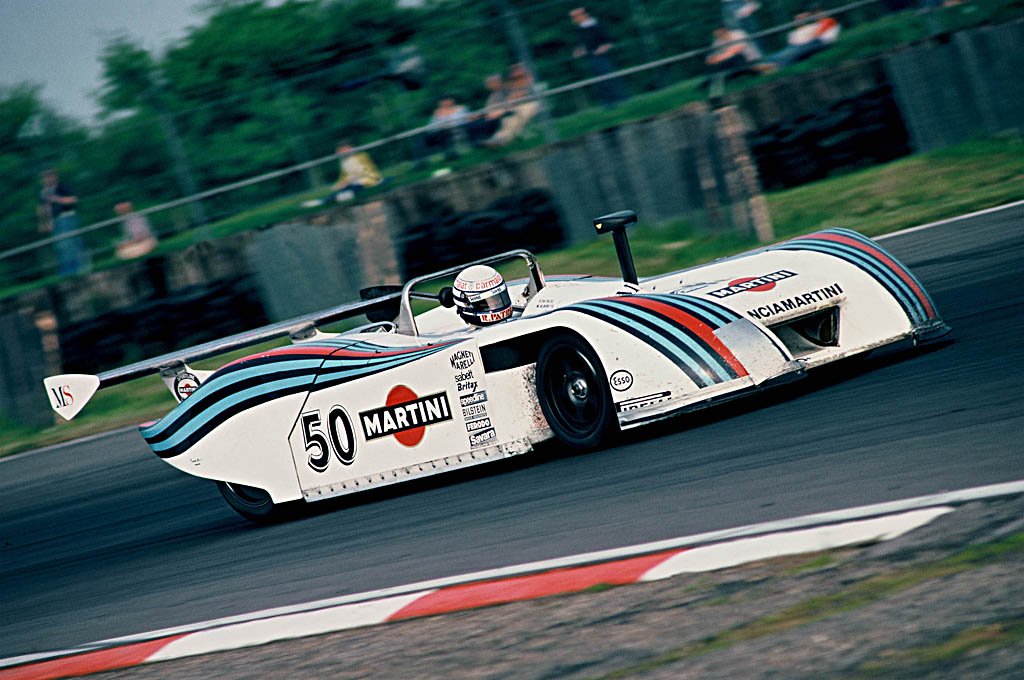

Be First to Comment